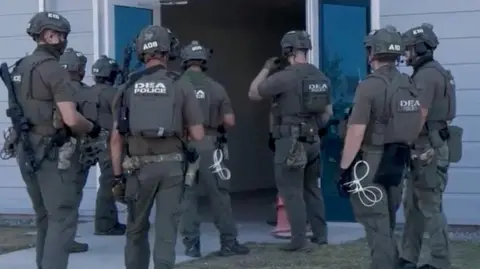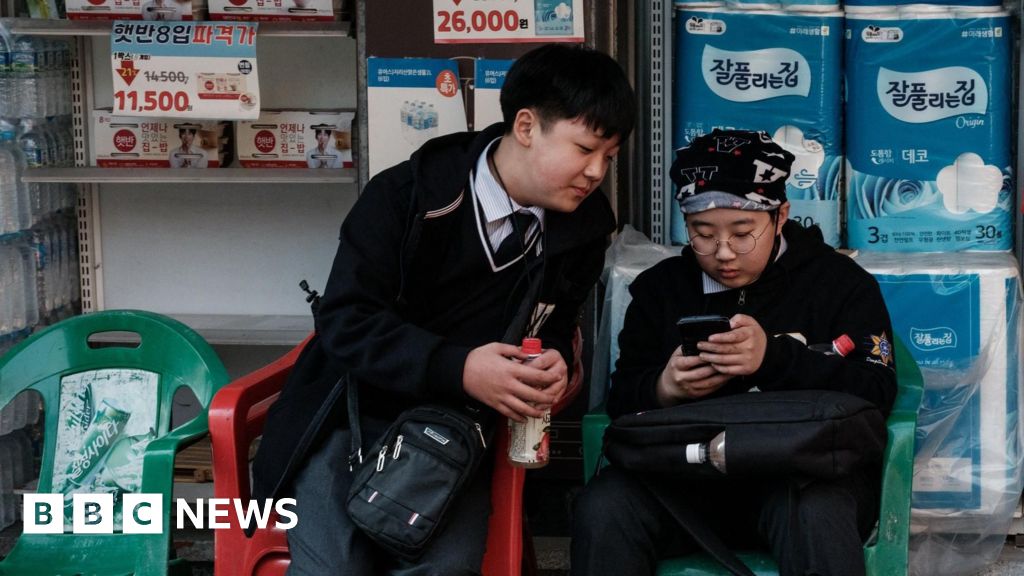Video footage documented substantial destruction in agricultural areas like strawberry greenhouses, as cars were overturned amidst rising floodwaters. To combat the rising threat, authorities have advised all 33,000 residents to remain vigilant. In Gapyeong County, a particularly tragic incident unfolded when a family of four was hit by a landslide while camping, resulting in the father's death, with efforts still underway to find the mother and daughter.
The South Korean home ministry reported the evacuation of 14,000 individuals due to damaged houses and farms, emphasizing that large tracts of farmland equivalent to 40,000 soccer fields were adversely affected. In addition, livestock losses have been staggering, with 1.4 million chickens among the affected animals.
President Lee Jae Myung has responded by designating the most severely impacted areas as special disaster zones, thus enabling access to crucial government assistance, including tax exemptions. As weather patterns stabilized, many evacuated residents returned to their homes, facing the overwhelming task of cleanup and restoration. Soldiers and workers mobilized to aid the recovery, clearing debris from roadways and rescuing scattered belongings. Although heavy rain alerts were downgraded, forecasts suggest the threat of more rainfall, alongside warnings of a possible heat wave and efforts to contain potential disease outbreaks stemming from flooding.
The South Korean home ministry reported the evacuation of 14,000 individuals due to damaged houses and farms, emphasizing that large tracts of farmland equivalent to 40,000 soccer fields were adversely affected. In addition, livestock losses have been staggering, with 1.4 million chickens among the affected animals.
President Lee Jae Myung has responded by designating the most severely impacted areas as special disaster zones, thus enabling access to crucial government assistance, including tax exemptions. As weather patterns stabilized, many evacuated residents returned to their homes, facing the overwhelming task of cleanup and restoration. Soldiers and workers mobilized to aid the recovery, clearing debris from roadways and rescuing scattered belongings. Although heavy rain alerts were downgraded, forecasts suggest the threat of more rainfall, alongside warnings of a possible heat wave and efforts to contain potential disease outbreaks stemming from flooding.



















